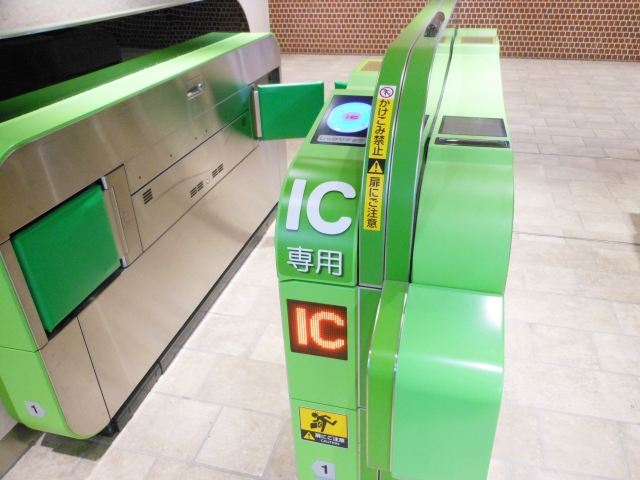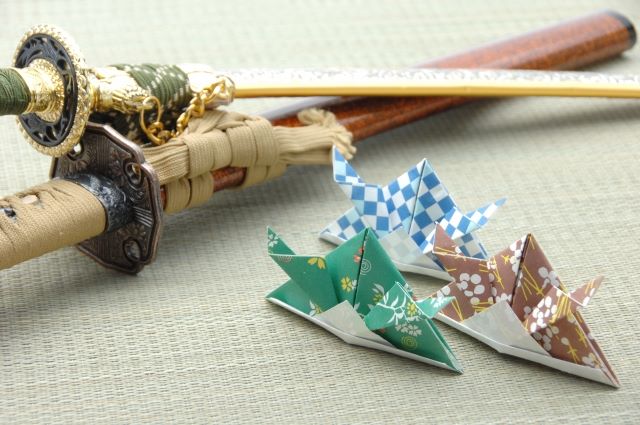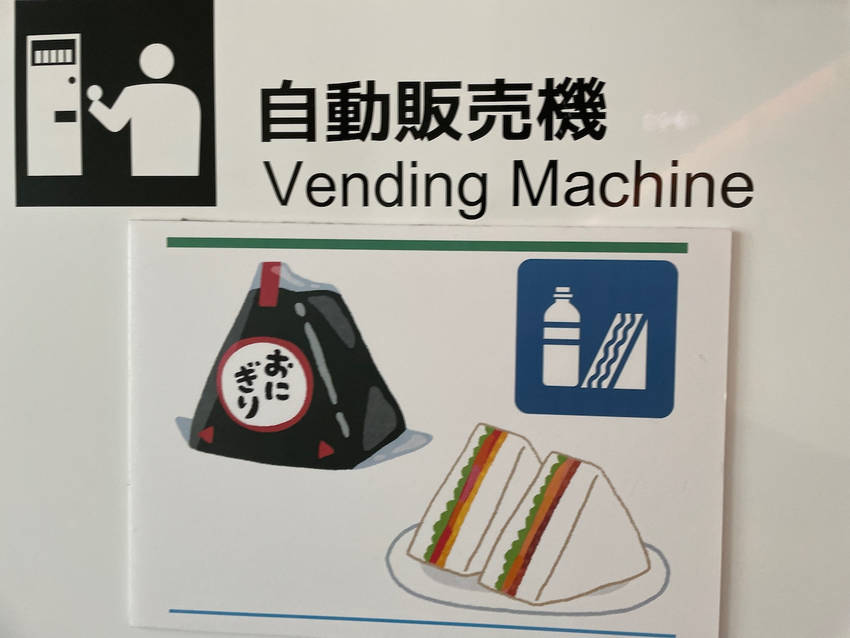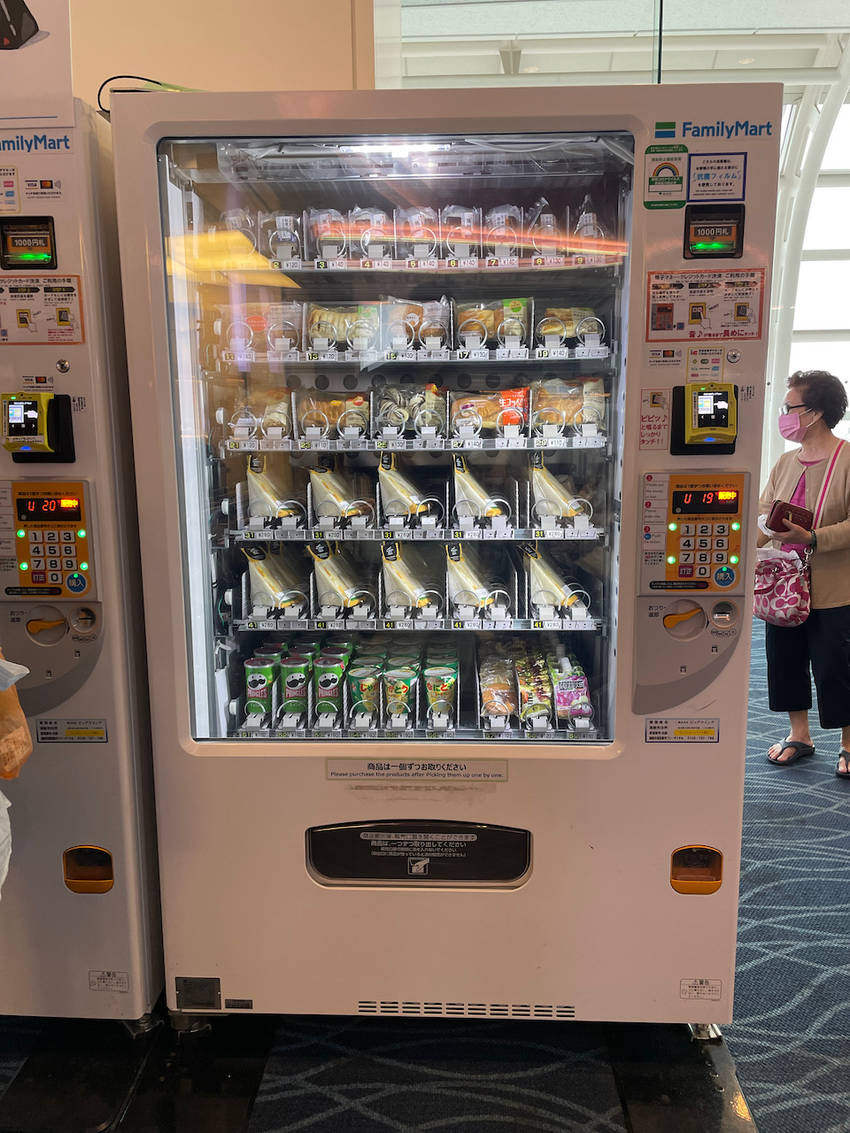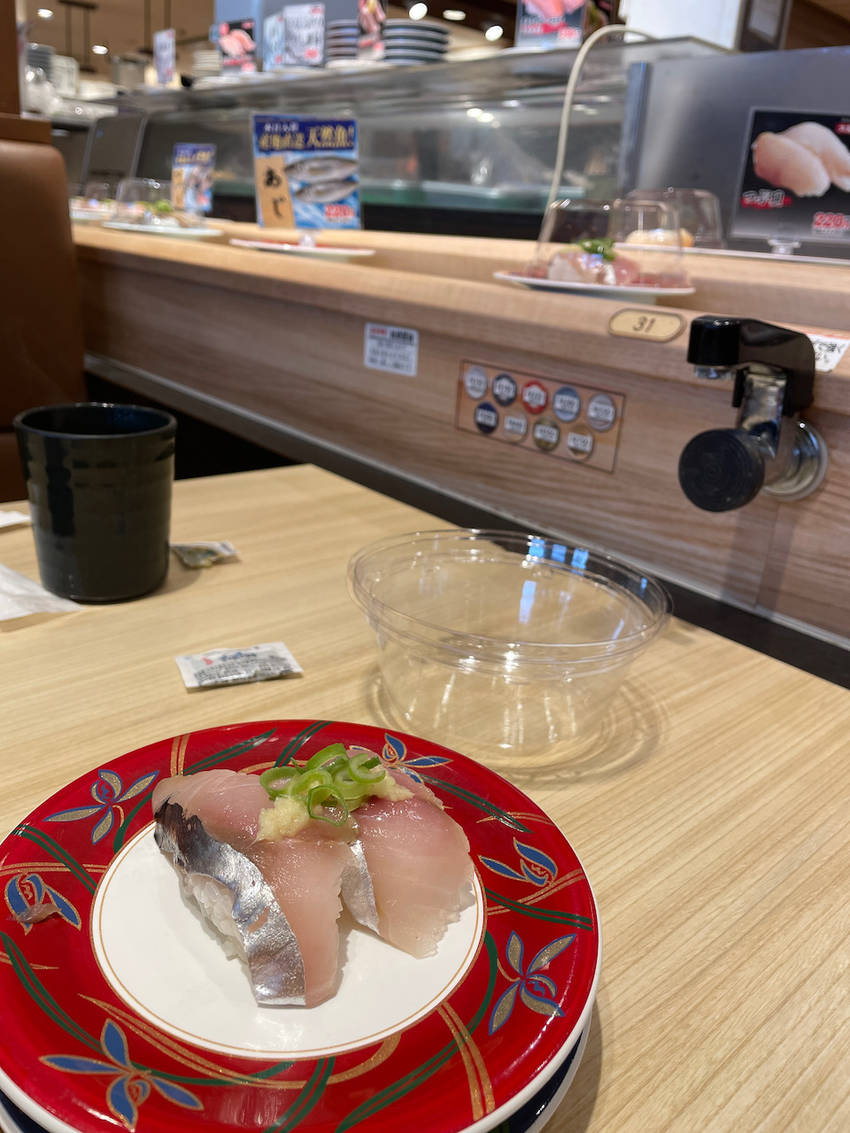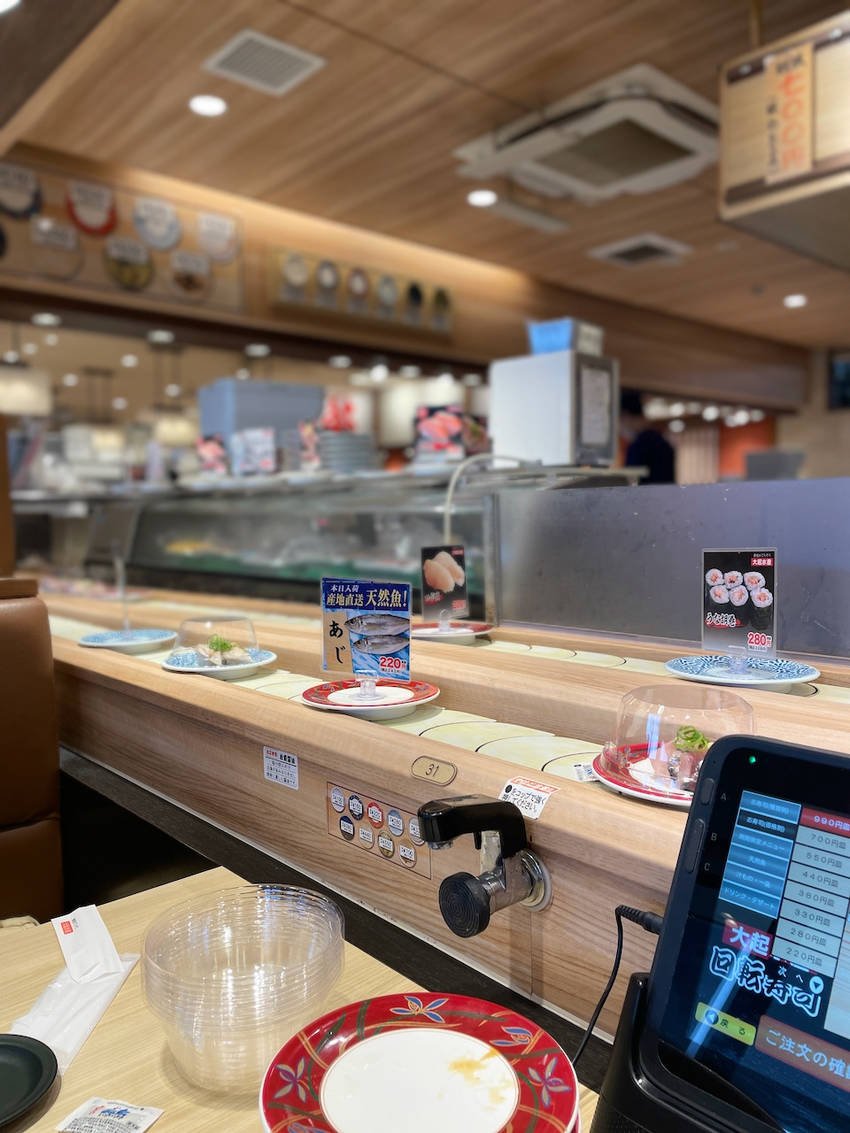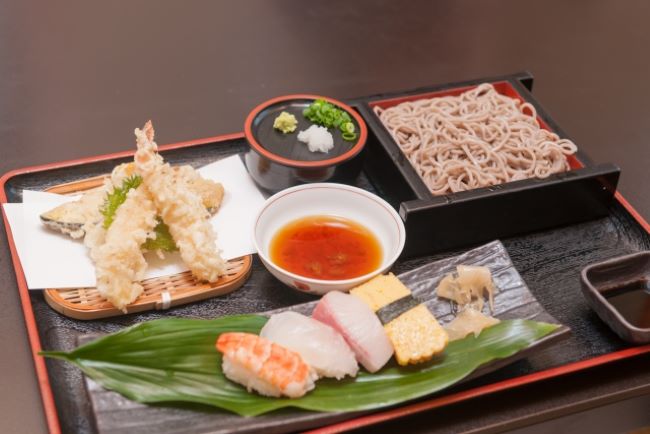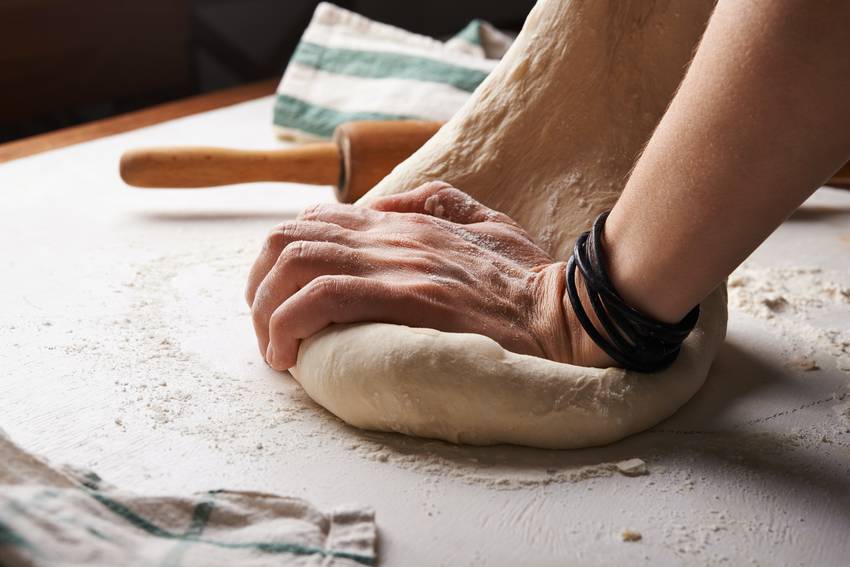SUICAカードを
また、2013
SUICA
1. SUICA(スイカ)
• JR
•
2. PASMO(パスモ)
• Suicaと
3. ICOCA(イコカ)
•
• JR
4. Kitaca(キタカ)
•
• JR
5. nimoca(ニモカ)
•
• JR
IC Cards in Japan
When you visit Japan, I highly recommend getting an electronic money IC card issued by public transportation companies. East Japan Railway Company issued an IC card called SUICA, which is used on all JR trains, private railways, subways, buses, and cabs. It can also be used for payment at convenience stores.
When you purchase a SUICA card, you must pay 500 yen as a card fee; however, the deposit will be refunded when you return the card. There is also a Welcome SUICA for short-term visitors from overseas. You can get this without paying a card fee.
In 2013, SUICA created an app that made the card compatible with smartphones. In 2019, SUICA became available on Apple Pay. And lastly, in 2021, SUICA became linkable with Google Pay and enabled its use on Android devices.
Japan is still a cash society, but using IC cards made things much more convenient because it eliminated the need to pay cash on trains, buses, and convenience stores. I highly recommend using an electronic money card such as SUICA while on public transportation in Japan.
The following cards are available in addition to SUICA.
1. SUICA
- IC card developed by East Japan Railway Company. It can be used as a train or bus ticket.
- It can also be used for transportation in other areas.
2. PASMO
- IC card jointly developed by private railways and subways in the Tokyo metropolitan area.
- PASMO can be used not only on public transportation but also at convenience stores and vending machines.
3. ICOCA
- IC cards mainly used in western Japan (Kinki region).
- West Japan Railway and other railroad companies and buses.
4. Kitaca
- IC cards used in the Hokkaido area.
- Can be used by Hokkaido Railway Company and other railroad companies and buses.
5. nimoca
- IC cards used in the Kyushu region.
- Can be used on JR Kyushu Railway Company, private railways, and buses in Kyushu.
sign up for the Japanese-Online Newsletter
__..-・**・-..__..-・**・-.._ あいうえお かきくけこ さしすせそ たちつてと なにぬねの はひふへほ まみむめも やいゆえよ らりるれろ わゐうゑを ん __..-・**・-..__..-・**・-.._
#JapaneseOnline #LearningJapanese #FreeJapaneseLessons #JapaneseVideoLearning #JapaneseAnime #Anime #JapaneseFood #Bloguru

